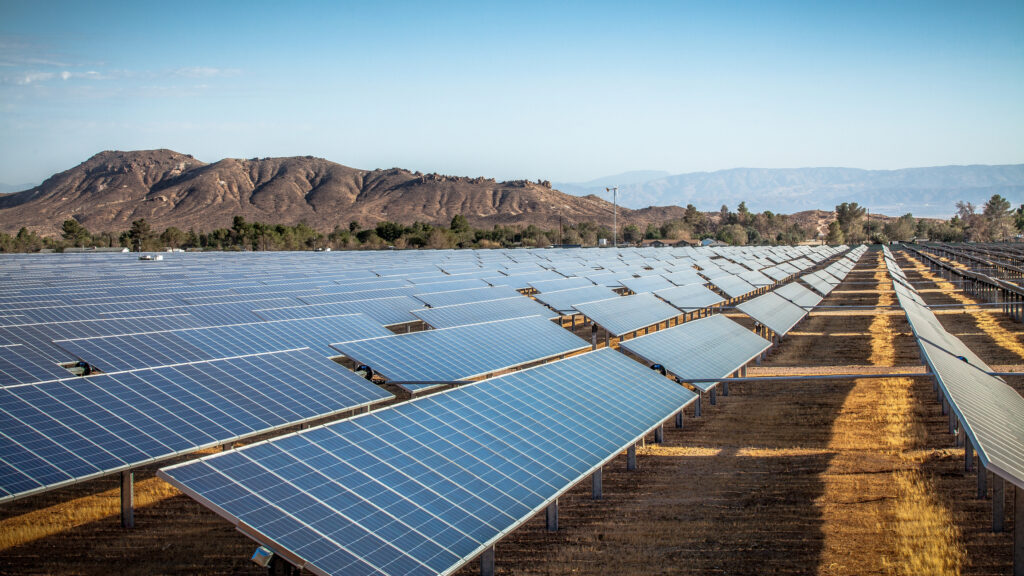Hey readers!
If you’ve ever wondered about the bits and pieces that make up a solar panel system and what goes into installing them on a residential property, you’re in for a treat. Today, we’re diving into the core components and the installation process.
1. Solar Panel Components
Solar panels might look simple from a distance, but they’re a marvel of modern engineering. Here’s a peek inside:
Solar Cells: These are the heart of the panel. Made primarily from silicon, these cells capture sunlight and convert it into electricity. They’re typically arranged in a grid-like pattern on the panel.
Glass Layer: Protecting the solar cells is a durable glass layer. It shields the cells from weather elements while allowing sunlight to pass through.
Frame: Surrounding the panel is a robust frame, usually made of aluminum. It provides structural support and ensures longevity.
Backsheet: Positioned behind the solar cells, the backsheet provides insulation and protection against humidity and other external factors.
Junction Box: This is where the magic starts to flow. The junction box is connected to the solar cells and provides an output for the electric current.
2. Additional System Components
A solar panel is just one part of the puzzle. Here’s what else makes up a residential solar system:
Inverter: Solar panels produce direct current (DC) electricity. Our homes, however, run on alternating current (AC). The inverter’s job is to convert DC into AC.
Mounting System: This is what securely attaches the panels to your roof or ground. It’s designed to withstand weather conditions and keep the panels in the optimal position for sunlight.
Battery Storage (optional): Not all homes have this, but battery storage systems can store excess solar energy. This stored energy can be used during nighttime or cloudy days.
Monitoring System: Many modern solar installations come with monitoring systems. These allow homeowners to track their energy production and consumption in real-time.
3. The Installation Process
Setting up a solar system on your property is a meticulous process:
Site Assessment: Before anything else, a professional will assess your property. They’ll check the roof’s condition, angle, and direction, ensuring it’s suitable for solar installation.
System Design: Based on the assessment, a custom system will be designed for your home. This design will consider factors like energy needs and local weather conditions.
Permitting: Like any significant home renovation, solar installations require permits. Your solar provider will typically handle this, ensuring all local regulations are met.
Installation: This is the big day! A team will install the mounting system, position the panels, set up the inverter, and connect everything. Depending on the system size and complexity, this might take a day or two.
Inspection and Commissioning: Once everything’s set up, the system will be inspected to ensure it meets all safety and performance standards. After that, it’s time to flip the switch and start harnessing solar power!
In conclusion, solar installations involve a symphony of components working in harmony. Each piece, from the tiny solar cells to the robust mounting system, plays a crucial role in turning sunlight into usable energy. If you’re considering going solar, you’re not just investing in technology, but a brighter, more sustainable future. Happy sun-harnessing!

